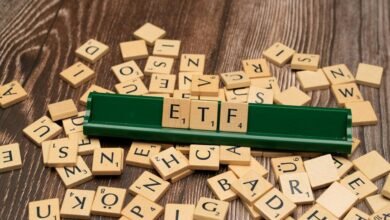AI Art Generators: The Future of Creative Expression

AI art generators are reshaping the landscape of creative expression. They utilize advanced neural networks to mimic artistic styles, offering new avenues for exploration. This technology not only enhances artistic capabilities but also raises essential questions about authorship and authenticity. As artists increasingly collaborate with AI, the implications for traditional art forms become profound. What does this mean for the future of creativity and the value of human artistry? The answers may redefine art itself.
The Technology Behind AI Art Generators
The technology behind AI art generators represents a fascinating intersection of computer science, machine learning, and artistic expression.
By employing neural networks, these systems analyze vast datasets to emulate style and form, enabling algorithmic creativity.
This innovative approach allows for the generation of unique artworks, challenging traditional notions of authorship and nurturing a new realm of freedom in artistic exploration.
See also: AI-Powered Smart Cameras: The Future of Home Surveillance
Impact on Traditional Art Forms
As AI art generators gain prominence, their influence on traditional art forms becomes increasingly evident.
Artists grapple with the notion of AI authenticity, questioning the value of human touch versus algorithmic creation.
Digital aesthetics emerge as a new frontier, blending traditional techniques with technological innovation.
This intersection challenges conventional paradigms, encouraging a redefinition of creativity and inspiring traditional artists to explore novel avenues of expression.
The Ethical Considerations of AI in Art
Emerging alongside the rise of AI art generators are complex ethical considerations that challenge the landscape of artistic creation.
Questions surrounding authorship rights arise when machines produce art indistinguishable from human works, leading to debates on ownership.
Additionally, concerns about cultural appropriation surface as AI systems often draw from diverse artistic traditions, prompting a need for responsible and respectful engagement with cultural sources.
The Future of Collaboration Between Humans and AI
While the landscape of art continues to evolve, the collaboration between humans and AI offers exciting possibilities for creative expression.
This human-machine synergy fosters innovative creative partnerships, where artists leverage AI’s capabilities to enhance their work.
As these collaborations deepen, they challenge traditional notions of authorship and creativity, ultimately expanding the boundaries of artistic exploration and enabling unprecedented forms of expression.
Conclusion
As the landscape of artistic expression continues to evolve, the integration of AI art generators poses both exhilarating possibilities and profound uncertainties. Will these tools enhance the creative process, or will they overshadow the human touch that has defined art for centuries? The dialogue around authorship, authenticity, and the essence of creativity grows ever more complex. In this unfolding narrative, one question lingers: how will artists navigate this brave new world, and what will the future of art truly hold?





